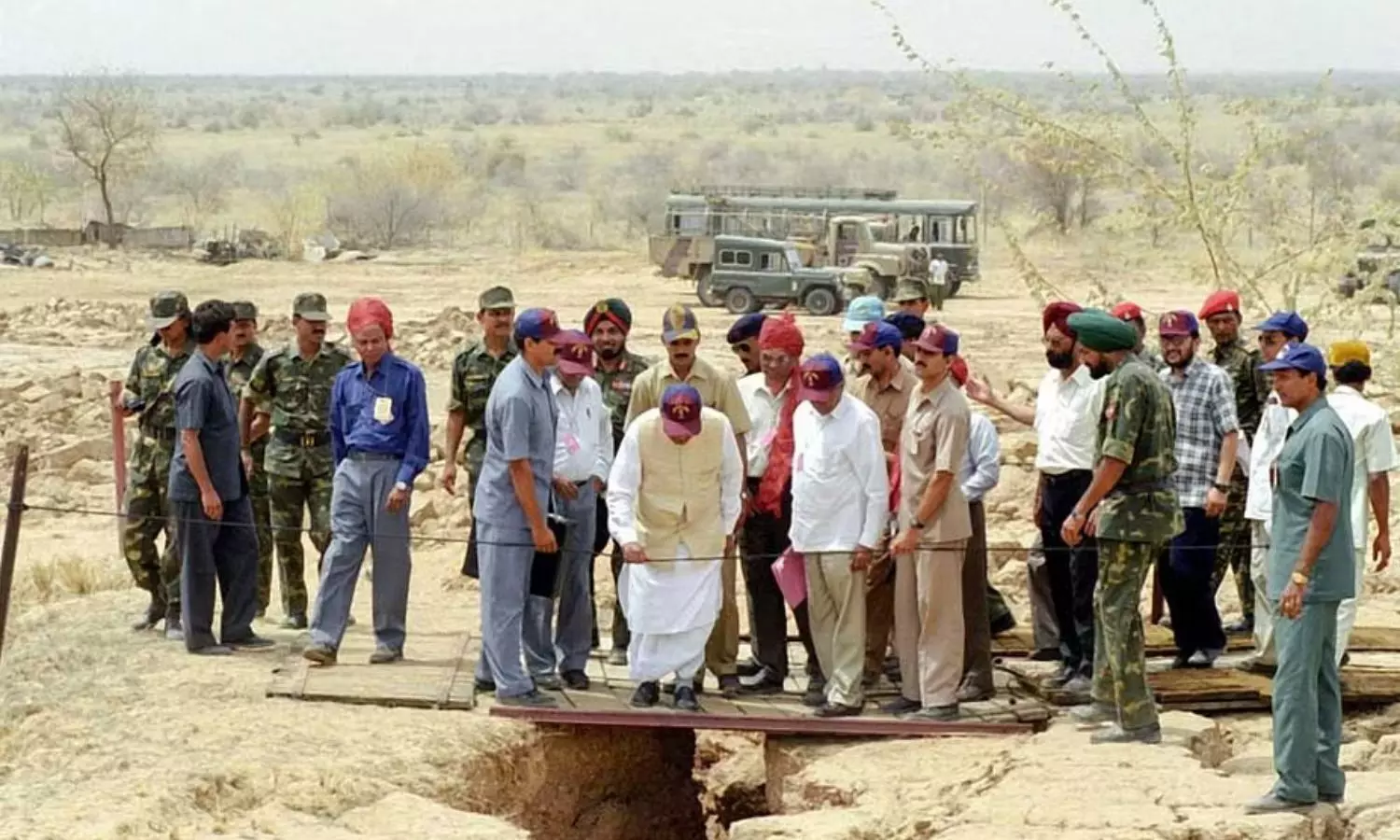26 years after Pokhran tests, US set to lift sanctions on Indian nuclear entities
US to lift 26-year-old nuclear sanctions on India, unlocking potential for civil-nuclear collaboration and marking a historic shift in bilateral ties.
26 years after Pokhran tests, US set to lift sanctions on Indian nuclear entities

Twenty- six times after the seismic shock of India’s nuclear tests in May 1998, which transferred ripples through global tactfulness and touched off a proscription on several crucial Indian infinitesimal energy enterprises, the United States is poised to lift its long-standing warrants. This monumental shift could pave the way for a new chapter in civil- nuclear cooperation between the two nations.
The warrants, which had cast a shadow over India- US relations, were a direct consequence of the 1998 tests, which rattled the transnational community. Since also, despite times of attempts at fellowship, the hedge of these warrants remained forcefully in place — until now.
In a historic announcement at the Indian Institute of Technology in Delhi, US National Security Adviser Jake Sullivan revealed that Washington is finalizing the process to remove Indian nuclear entities from its Entity List, thereby unlocking the potential for collaboration in the civil-nuclear sector. "Today, I am pleased to announce that the United States is finalizing the steps required to dismantle the outdated regulations that have long hindered cooperation between India’s leading nuclear organizations and American companies," Sullivan declared.
Though the formalities are still in progress, the breakthrough promises to be more than just a bureaucratic step—it marks an opportunity to move beyond the tensions of the past, opening the door to deeper collaboration. Sullivan emphasized the significance of this moment, noting that Indian entities could soon be removed from the restricted lists, clearing the way for partnerships with US private sectors, scientists, and technologists.
The US and India had already inked a Civil Nuclear Cooperation Agreement in March 2006, but the lingering sanctions had placed a hefty roadblock in the way of realizing its full potential.
In fact, the sanctions, as outlined by the US Export Administration Bureau in 1998, had placed stringent barriers on crucial Indian atomic energy establishments like the Bhabha Atomic Research Centre, the Indira Gandhi Centre for Atomic Research, and even power plants operating outside the safeguards of the International Atomic Energy Agency.

